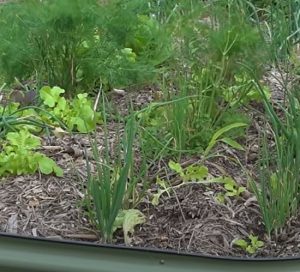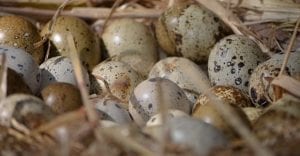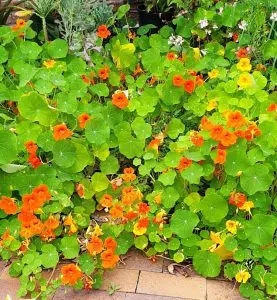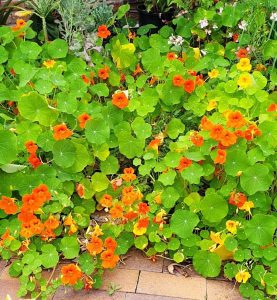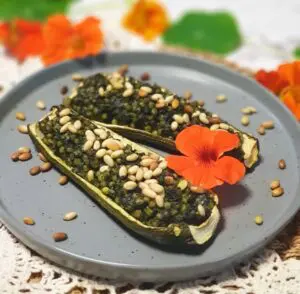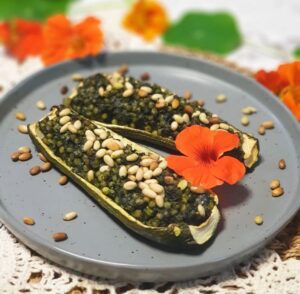Pest Collection – Bronze Orange Bug
Common Name: Bronze orange bug
Scientific Name: Musgraveia sulciventris
Order: Hemiptera
Host plant where found: Orange tree (Citrus sinensis)
Host range or situation where pest is usually found: Citrus trees
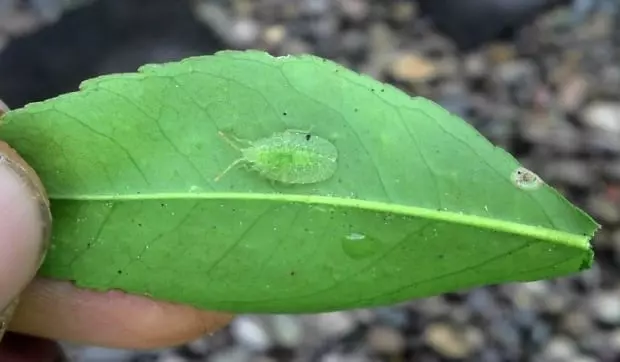
The image above shows the nymph stage of the bug the final adult is much larger with a hard outer shell and bronze/black in colour
Damaging stage (s): Both nymphs and adults feed by piercing plant tissue and sucking sap.
Direct feeding damage: Leaves, distorted and curling. Premature fruit fall.
Indirect damage: Presence of nymph skins and excreta. Tainting of fruit and unsightly foliage.
Method of feeding: Piercing and sucking
Life cycle: Gradual metamorphosis; eggs, 5 nymphal stages and adults.
Spread: Flying and movement of infested plants.
Conditions favouring: Summer rainfall, spring and early summer in sub-tropical to temperate climates

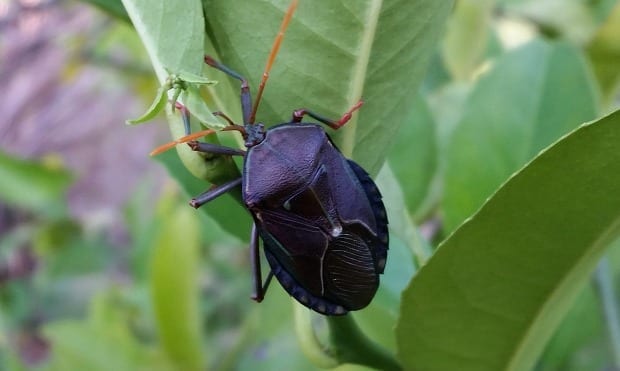
Distinguishing features for identification: Thickened region on forewing in adults. Wings held flat over body, long antennae, sucking mouth parts and offensive odour when disturbed. Adults are about 25 mm long, stout, bronze or nearly black. Legs and the upper surface of the body beneath the wings are black. Nymphs are green, turning orange to pink later.
Control options available for this situation: Application of insecticide is not necessary, as the infestation is mild and the damage is limited. At this stage ongoing monitoring is all that is required. If the infestation gets worse, a general bug spray such as Rogor could be used to spot spray.
Identification reference (including page no): Plant protection 3, p F36; Plant protection 1, p 141 – 149.
The above information was kindly donated by Werner (Horticulturalist)








